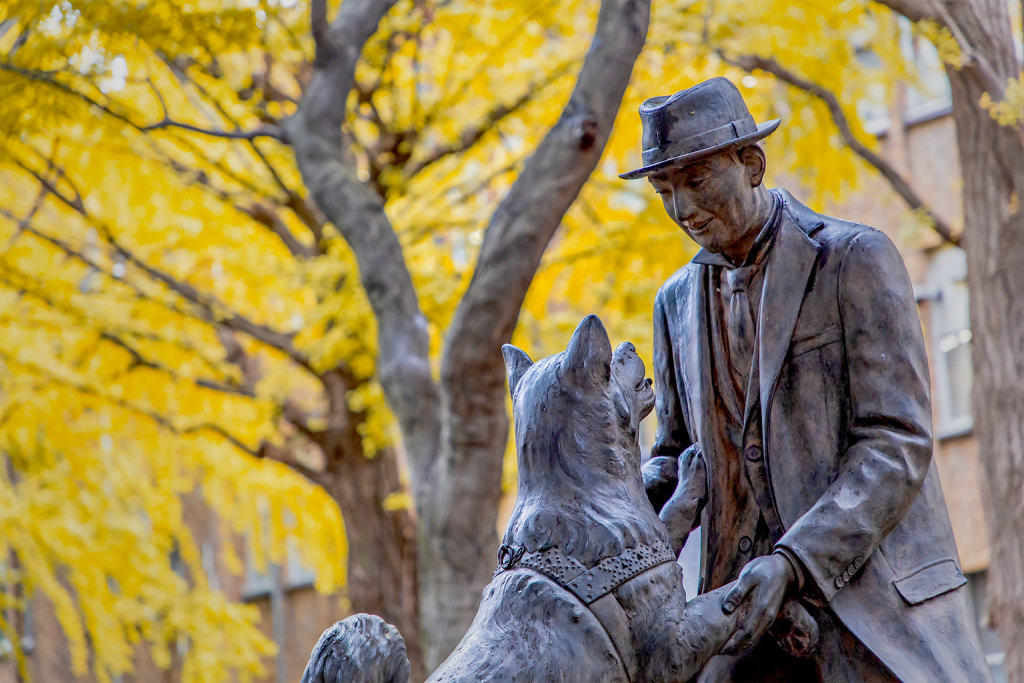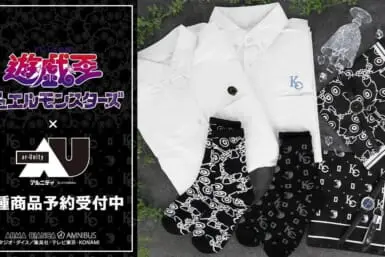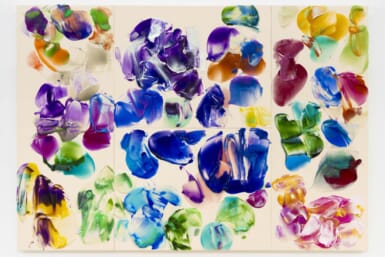On this day in 1925, Hidesaburo Ueno collapsed and died while giving a lecture at the University of Tokyo. Though not a particularly well-known figure during his lifetime, Ueno’s death is remembered because of what happened after it.
The story of the agricultural scientist’s loyal dog, Hachiko, who continued to wait for his master at Shibuya Station for over nine years, is, of course, part of Japanese folklore. But what about the canine’s owner? In this month’s Spotlight, we look back at Ueno’s distinguished career, his love life and his relationship with the country’s most well-known canine.
Japan’s First Authority on Agricultural Civil Engineering
Despite being far less famous than his faithful four-legged companion, Ueno was still a hugely influential figure in his own right. Born in Mie Prefecture in 1872, he moved to Japan’s capital in his mid-teens to enroll in the Agricultural and Forestry School. A very bright pupil, he went on to study at the University of Tokyo (then known as Tokyo Imperial University) in the agricultural department before entering graduate school.
At that time, underdeveloped farmlands and archaic agricultural systems were hampering Japan’s drive to modernize. The Arable Land Readjustment Act was established in 1899 to address these issues, however, a lack of qualified engineers meant adopting any new policies would be difficult. As the only scholar with a doctorate in agricultural civil engineering, Ueno was commissioned to travel around the country to give lectures about the new law and provide technical guidance.
Ueno became a professor at the University of Tokyo in the agriculture department. Seen as Japan’s first real authority on agricultural civil engineering, he trained more than 3,000 engineers in the first two decades of the 20th century. This training, plus his own considerable knowledge, proved invaluable for Japan’s reconstruction following the Great Kanto earthquake in September 1923, during which 4,300 hectares of land were burned in the cities of Tokyo and Yokohama.
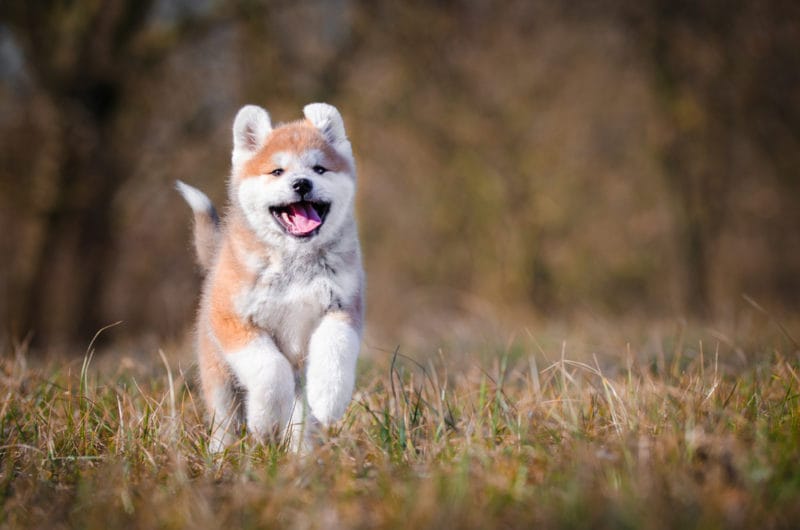
For the Love of Dogs
Two months after the 7.9-magnitude quake, Japan’s most famous pet was born at a farm near Odate city in Akita Prefecture. Around that time, Ueno was looking for a pure Japanese dog. Chiyomatsu Yomase, a former student of his, suggested the young Akita and in January 1924, Ueno purchased the pup for ¥30. Welcoming him into his home, Ueno named him Hachi (the ko is a suffix and not actually part of the dog’s name). The canine, who was in poor health, slept under his master’s bed.
Hachi gradually began to recover and was soon accompanying his master on walks alongside Ueno’s two other dogs at the time, John and Esu (he reportedly had 16 dogs during his lifetime). The professor had a particularly strong bond with Hachi, which was said to make Esu jealous. The pup followed him as far as Shibuya Station every morning before he boarded the train to work. He would then be there at the end of the day, waiting for his return.
This continued until May 21, 1925. The dog once again saw his master off that morning, but Ueno was nowhere to be seen in the evening. He died of a cerebral hemorrhage and was later buried at Aoyama Cemetery in Tokyo. Every day, up until his own death from worms in 1935, Hachi went to Shibuya Station to wait for his owner.
Seen as a stray, he was reportedly beaten and bullied by some pedestrians. However, things changed from 1932. Hirokichi Saito, a former student of Ueno and founder of Nihon Ken Hozonkai (The Association for the Preservation of the Japanese Dog), wrote a story about the loyal Akita for the Asahi Shimbun and Hachiko, as he became known, was suddenly viewed as a national hero.
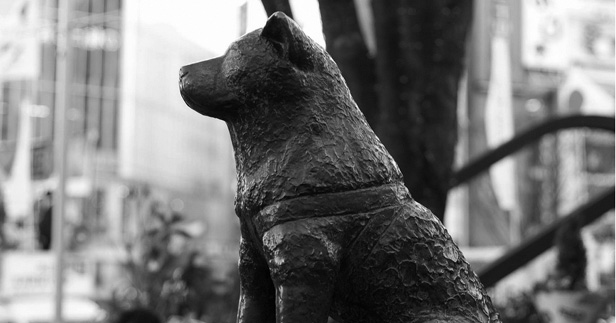
Together Again
Hachiko’s fame continued to grow after his statue was erected near Shibuya Station in 1934, an event the Akita attended. Rebuilt after the war in 1948, it remains the most famous meeting spot in Tokyo. Pretty much everyone here knows the dog’s name, but that’s not necessarily the case when it comes to his master. Wanting to put Ueno in the spotlight, a group of volunteers at the University of Tokyo, led by Professor Masaki Ichinose, came up with the idea of reuniting the former professor with his beloved pet.
On March 8, 2015, 80 years to the day that Hachiko passed away, a statue of the dog happily greeting his master was unveiled to the public outside the University of Tokyo. Around ¥10 million was raised by individuals and organizations for the statue, which was carved by sculptor, Tsutomu Ueda. Hundreds of people attended the event, as well as, of course, many dogs.
Their story lives on through various books, TV shows and movies such as Seijiro Koyama’s Hachiko Monogatari, which was the highest grossing film in Japan in 1987. Acclaimed actor, Tatsuya Nakadai took on the role of Ueno for that one. More than two decades later, Richard Gere played the part of the professor in the Hollywood remake, Hachi: A Dog’s Tale.

Aoyama Cemetery | Photo by BaLL LunLa via Shutterstock.
Yaeko Sakano
Another important person in Hachiko’s story was Ueno’s partner, Yaeko Sakano. While the professor’s family had arranged a bride for him to marry in Mie Prefecture, this was against his wishes so he decided not to go through with it. In Tokyo he met and fell in love with Sakano, a tea ceremony instructor, but they didn’t tie the knot because of his betrothal to the woman in his hometown. As they weren’t officially married, Sakano wasn’t allowed to continue living in Ueno’s house after he died.
It meant she had to give up Hachiko. It is reported that they had a very close relationship during Ueno’s lifetime and the famous Akita was always very affectionate towards her when she visited. Prior to Sakano’s death in 1961, she asked her family if she could be laid to rest alongside Ueno and Hachiko in Aoyama Cemetery. Sadly, her wishes weren’t honored and she was buried in the capital’s Taito ward.
She remained there until 2016. Three years earlier, Sho Shiozawa, a professor at the University of Tokyo, discovered a document with Sakano’s request on it. He and Keita Matsui, a curator at Shibuya Folk and Shirane Memorial Museum, pushed for the family to be reunited. Two days before the 91st anniversary of Ueno’s death, they got their wish. “By putting the names of both on their grave, we can show future generations the fact that Hachiko had two keepers,” said Shiozawa. “To Hachiko, the professor was his father and Yaeko was his mother,” added Matsui.

